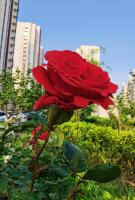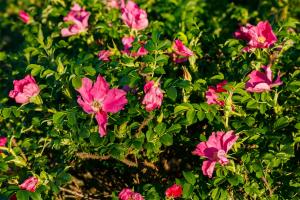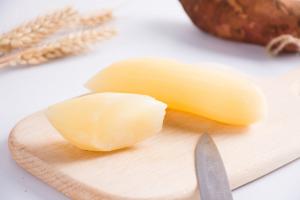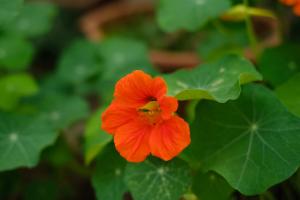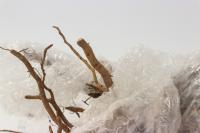1、 Soil
Planting Rosa Emei can be prepared into nutrient soil to effectively distribute the nutrient proportion. Generally, it is recommended to use rotten leaf soil, garden soil and rice husk ash in the proportion of 3:5:2, and such nutrient soil has good drainage

2、 Watering
In winter, Rosa Emei entered the dormancy period, which only needs to keep the breeding soil not dry. In spring, because the branches and leaves of Rosa Emei begin to grow at the beginning of spring, it is suggested to appropriately increase the watering times at this stage, such as once every morning and evening. In summer, due to high temperature conditions, the water evaporation of leaves increases, resulting in the semi dormant state of roses. At this time, drying and dehydration are the most taboo. When watering at high temperature, control a small amount of water to seep from the drain each time. The weather is cooler in autumn, and the evaporation rate slows down. As long as the soil is kept moist

3、 Fertilization
If there is fertilizer to supply nutrients, Emei rose can keep its leaves plump, dark green and shiny. It is generally recommended to use rotten cow manure, chicken manure and other long-term fertilizers. In the early spring, you can use a thick liquid fertilizer, but pay attention not to apply fertilizer during the flowering period. Supplement nutrients to the fertilizer after the flower withers. You can apply fertilizer again when the axillary buds are about to bloom for the fourth or fifth time in September, and use rotten organic fertilizer to help survive the winter during the dormancy period in December

4、 Pruning
Every time a flower withers, it must be fully pruned. Cut off the blooming residual flowers and some thin, crossed and overlapping branches in time, leaving strong and young branches, while leaving lateral buds, pruning and shaping, so as to make the plant shape beautiful and prolong the flowering period
5、 Precautions
Emei rose not only likes sunshine and can grow in semi overcast conditions, but also is a plant that can withstand freezing injury. Even in ice and snow, it can overwinter in the open. In addition, it does not have high requirements for soil, from poor to sticky, which does not hinder normal growth, but it can grow better if planted in fertile, deep soil layer and good drainage soil. However, ponding is very taboo at its root. Attention should be paid to drainage in rainy season to avoid damage to the root

 jackfruit
jackfruit snake plant
snake plant hibiscus
hibiscus hydrangea
hydrangea lavender
lavender Green roses climb al...
Green roses climb al... If you don't pay att...
If you don't pay att... Management of four g...
Management of four g...
